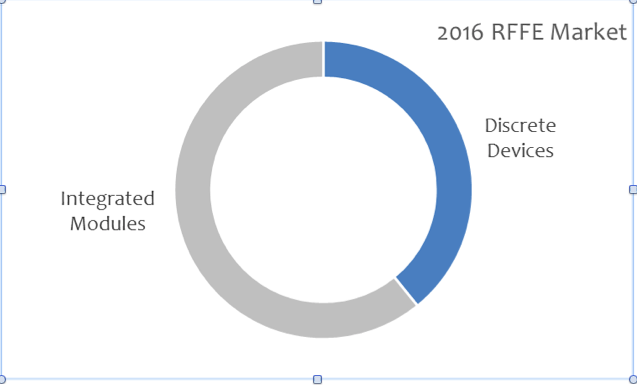Nokia is providing unmanned aerial vehicles (UAVs), portable LTE networks, and artificial intelligence (AI) and analytics tools to the Philippine Red Cross (PRC) to help with disaster recovery.
The drone solution is a major component of Nokia’s non-profit Nokia Saving Lives (NSL) initiative, supported by the GSMA’s ‘disaster response innovation fund’ and Philippine resident mobile operator Smart Communications.
It comprises a portable LTE network, connecting to UAVs equipped with cameras, sensors, or speakers, as well as a high-performance server and analytics applications.
Twenty-five Nokia volunteers have been trained as technical experts in the Red Cross. Nokia said they have contributed 1,000 man-hours.
Christina Cabrera, head of Nokia’s technology centre in the Philippines, said: “Industry collaboration can truly leverage technology for humanitarian benefit.”
Ramon Isberto, group head of public affairs at Smart Communications, said: “As we continue to improve our network to ensure the availability of services, we also work with partners to develop technologies that can ultimately result in better lives for all.”
Richard Gordon, chairman chief executive at the Philippine Red Cross, said: “We are better equipped to provide emergency assistance to the people of the Philippines in a timely and efficient way.”
Nokia has invested considerably in drone technology. It opened Europe’s first dedicated testing facility for UAVs for traffic management, at Twente Airport, near Enschede in the Netherlands.
UK operator Vodafone is also testing the application of LTE networks for managing European airspace filled with drones.
Usage of drones in disaster recovery is increasingly sophisticated. US carrier AT&T has discussed the application of UAVs, along with fleet management, smart city technologues, and broad-brushed ‘ecosystem solutions’, to help in disaster recovery, notably with devastating storms.
“Drones provide a bird’s eye view of impacted areas after a natural disaster and video feeds from drones can inspect impacted cell towers, especially those in harder to reach locations,” AT&T told Enterprise IoT Insights. “They can also be deployed to provide LTE coverage.”

